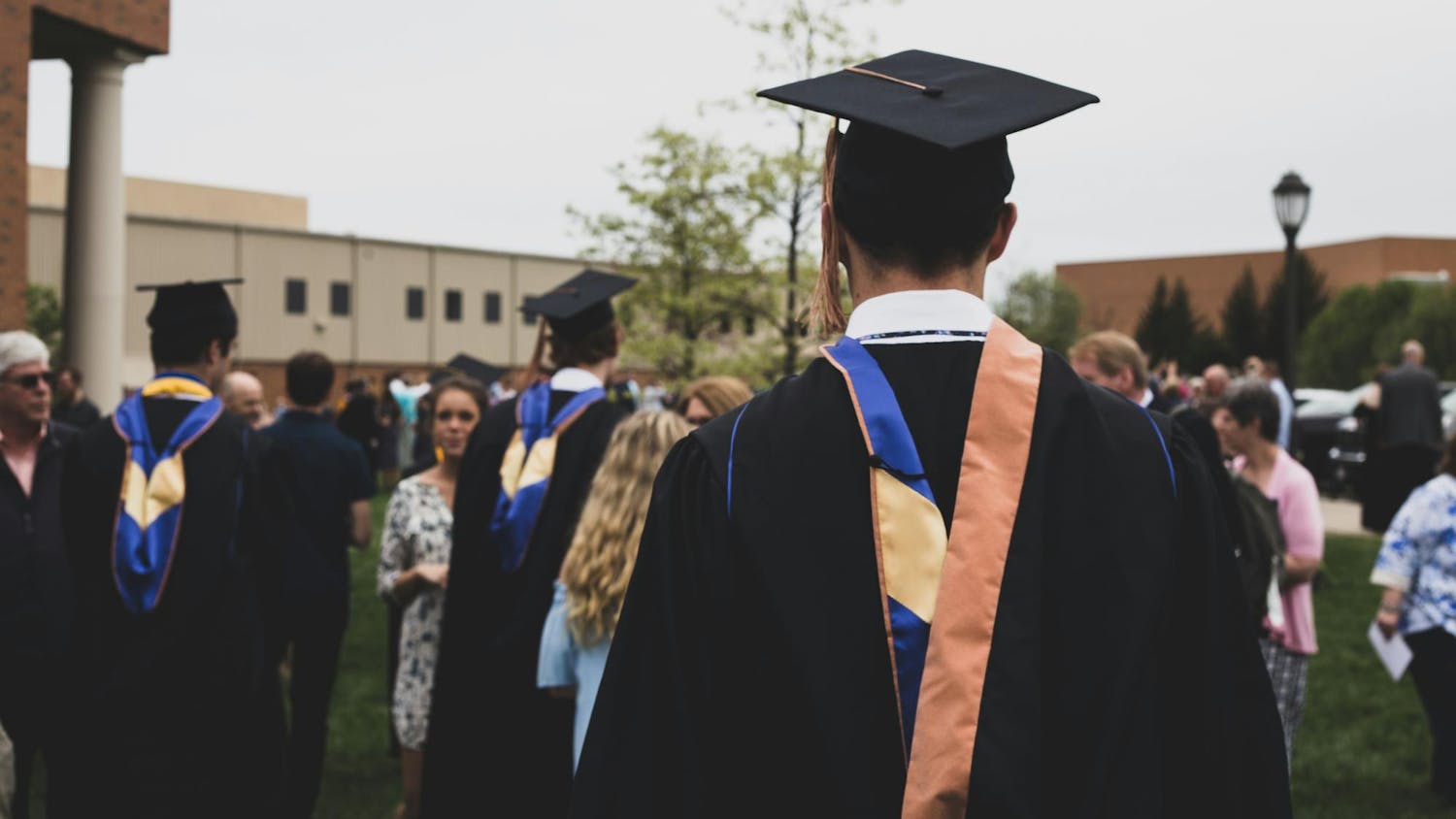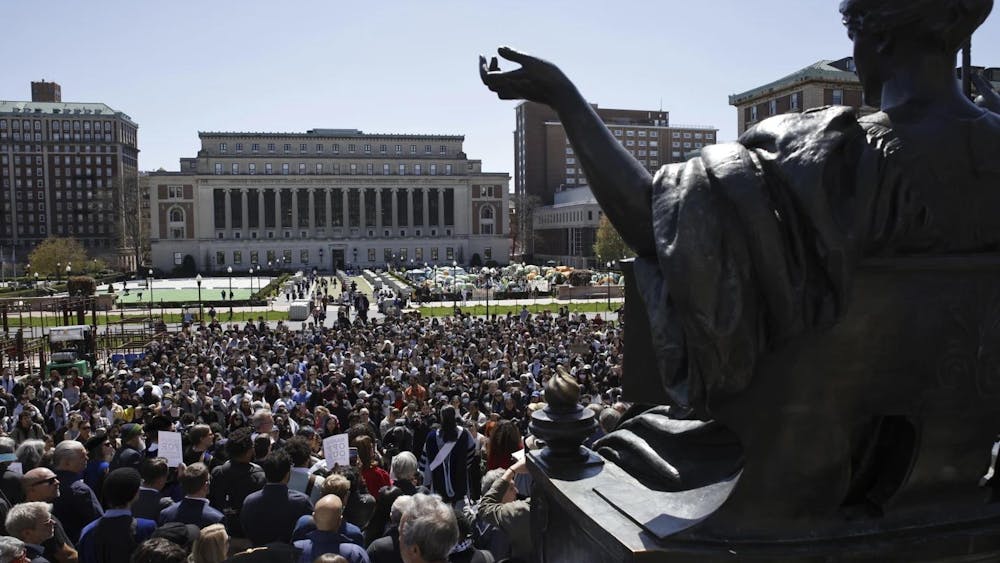Author David Beasley contrasted the African American communist movement and civil rights movement in mid-twentieth century America on Friday in Vander Vennet Theatre as part if a campus-wide Black History Month event.
Beasley worked for 25 years as a writer and editor of the Atlantic-Journal Constitution, and has written two books,“A Life in Red” and “Without Mercy,” assistant professor of history and gender and women’s studies Jamie Wagman said.
“In many ways young people learning for the first time about the Civil Rights movement, are always committing themselves to social action. And the first step to social action is always information,” Wagman said.
"A Life in Red" is about the interracial couple Jane and Herbert Newton, Beasley said. Herbert became a communist after World War I during the tense period of veterans returning from battle and receiving no jobs or hero’s welcome, he said.
“The Soviet Union started a program where they would take young African Americans, and bring them to Russia and train them in the communist doctrine,” Beasley said. “They had some military training, the Red Army would actually instruct them. They were training them to come back to the United States and start a revolution.”
In Russia, where the government did not tolerate racism, Herbert and about one hundred other African Americans were treated as celebrities, even marrying Russian wives who couldn’t return with them to America, Beasley said. After training, Herbert returned to Atlanta.
“I’ve often thought about how much courage that would take, to go to the south in the 1930s,” Beasley said. “It was cruel in the 1960s, so it was pretty risky then, the '30s in particular. He went to Atlanta and was passing out pro-communist literature.”
Beasley said the “Atlanta Six,” including Herbert, two other African Americans, and three white men, were arrested for these actions and later bailed out by the Communist Party. Hebert then left Atlanta for Chicago as head of the Negro Division of the Communist Party, he said.
“The communists found it was easier to recruit southern blacks in Chicago than it was in the south due to mass migrations north,” he said. “They were heavily recruiting blacks here in Chicago.”
There, Herbert and Jane met and got married, both communists devoting their lives to converting blacks to communism, Beasley said. After a dispute with a landlord who kicked them out due to being an interracial couple, he said.
Jane was actually put on a sanity trial because she was married to a black man and her father was the head of the American Legion, he said. The first round of psychiatrists said she was crazy because she believed blacks and whites were equal, but another round of psychiatrists brought in by the Communist party changed that viewpoint.
Their mission of starting a communist revolution in American did not succeed, he said.
“I think one of the main reasons [for this failure] were that African American’s of the deep south were so deeply religious, and the churches were not a part of the communist doctrine,” Beasley said. “The communists didn’t have access to the church network ... as you see later Dr. King, literally a Baptist minister, emerged in Montgomery.”
Beasley said after studying communism, Dr. King concluded that the communist doctrine was all about materialism and not spirituality. King saw the church as a vehicle to bring about change used the energy and passion of the church networks in a way that changed this country, he said.
Communism looked to overturn the U.S. government and implement a Russian model where racism would not be a part of the system, while the King movement sought the implementation of rights that already belonged to African Americans under the Constitution, Beasley said.
“What I was trying to do with this book was contrast the communist effort in the deep south and also the civil rights movement under King,” Beasley said. “They had separate paths and of course one was nonviolent revolution and the communist was very much violent with violent undertones. ...
“This choice is relevant today if you look at problems we’re having with race, in Ferguson, [Missouri], Baltimore … ” he said. “The African Americans in this country basically said we’re all in this together, and we fought it out together. We’re one country.”
The event was sponsored by the Office of Multicultural Services, Student Diversity Board, the history department and the English department.













